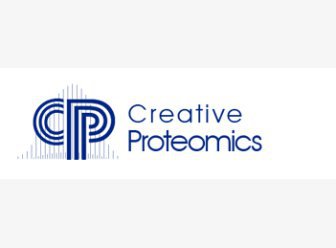Digestion (in-gel or in-solution)
abacebiology
北京 通州区 北京市通州区经海五路1号院国际企业大道III 22号楼 100176 负责人: abacebiology, 联系人: 章先生电话: , 手机:
传真: , Email:info@abace-biology.com
Among the endoproteases which could be used for protein digestion, the serine protease trypsin is most commonly employed as it generates peptides which are highly amenable to MS(/MS) analysis. Depending on the preceding workflow, the enzymatic digestion of proteins is performed either in-gel or in-solution, generally, the in-gel digestion methodology has become routine for proteins separated by 2-D electrophoresis while in-solution digestion are usually used in LC-MS/MS analysis. The protein is cut enzymatically into a limited number of shorter fragments during digestion and these fragments are called peptides and allow for the identification of the protein with their characteristic mass and pattern.
.jpg)
In-Gel Digestion
Following the separation of samples by 1-D or 2-D gel electrophoresis, proteins are fixed and visualized using an MS-compatible stain, usually Coomassie Blue, or silver employing a glutaraldehyde-free protocol. Visualized proteins are excised from the gel and the respective gel bands or spots are washed for destaining and dehydrated before being trypsinized.
The permeation of the enzyme to the gel is believed to be facilitated by the dehydration of the gel pieces by treatment with acetonitrile and subsequent swelling in the digestion buffer containing the protease. Different studies about the penetration of the enzymes to the gel showed the process to be almost completely driven by diffusion, by cutting the gel to pieces as small as possible the efficiency of the in-gel digestion could be achieved.
Surfactant (detergents) can aid in the solubilization and denaturing of proteins in the gel and thereby shorten digestion times and increase protein cleavage and the number and amount of extracted peptides, especially for lipophilic proteins such as membrane proteins. Cleavable detergents are detergents that are cleaved after digestion, often under acidic conditions. This makes the addition of detergents compatible with mass spectrometry.
In order to ensure efficient hydrolysis of those proteins embedded in the gel matrix, a relatively high enzyme concentration is generally used. The generated proteolytic peptides can subsequently be released from the gel matrix, by for example 50% acetonitrile (ACN)/5% formic acid (FA) being used as an extraction buffer, in combination with sonication. To meet the requirements of peptides with different physical and chemical properties an iterative extraction with basic or acidic solutions is performed.
http://www.creative-proteomics.com/services/digestion-in-gel-or-in-solution.htm



